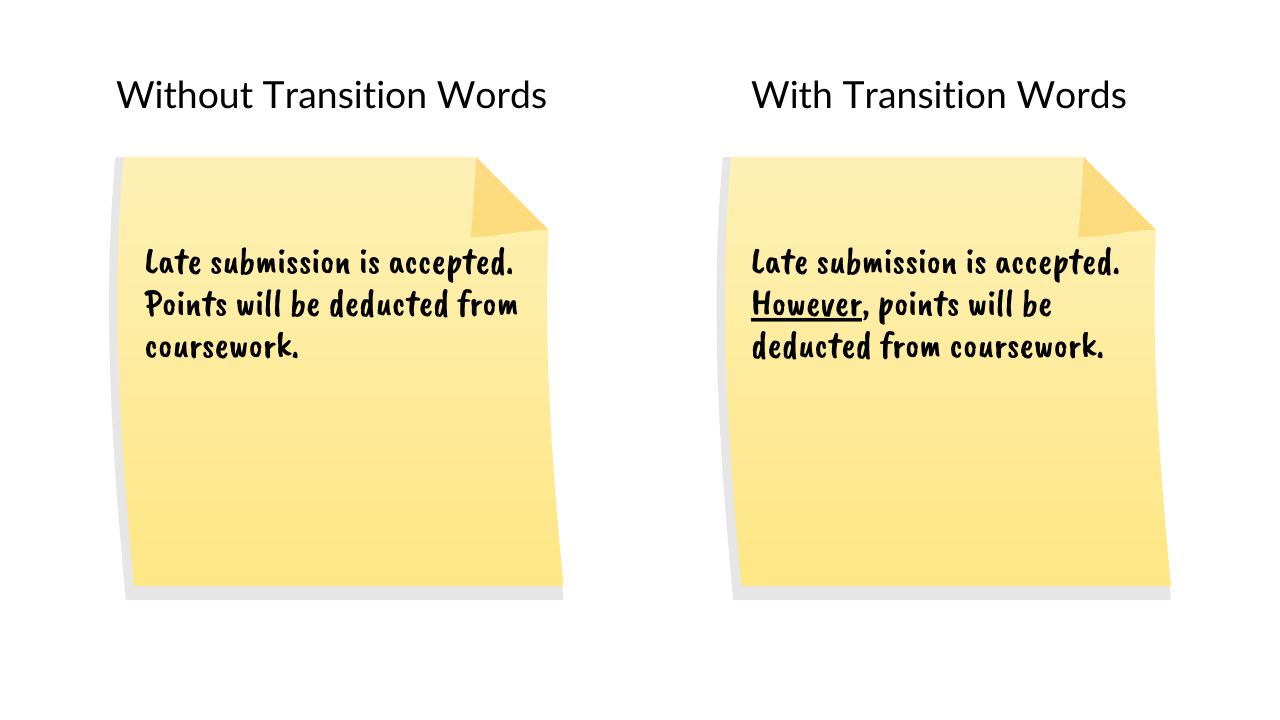Steph W. from SEOPressor


...help you check your website and tell you exactly how to rank higher?


82
score %
SEO Score

Found us from search engine?
We rank high, you can too.
SEOPressor helps you to optimize your on-page SEO for higher & improved search ranking.
By vivian on December 30, 2019

When blogging, one factor that people often overlook is the readability of their content. Bloggers or content marketers will try to optimize their keyword density, keyword decorations, meta tags, image alt tags, and hundreds of other on-page SEO but they often overlook the readability of their content.
This is probably due to the fact that content readability isn’t accounted for in Google’s search ranking algorithm, at least not that anyone knows of or could confirm. But factors like content readability is one of the many indirect ranking factors that actually matters and has a big impact on your SEO.
Content readability is the level of ease to understand a written text.
The scientific way of measuring most readability scores are based on factors such as:
Basically, if a written text is easy to read and understand, then it has a good readability. We usually measure content readability by approximately estimating students of which grade could understand the written text. A study has found that the average human could read a grade 9 text, but would prefer to read texts that are 2 grades lower for leisure reading.
There are also plenty of algorithms that are designed to measure content readability and that is how robots or search engines measure them. One of the most popular algorithms for calculating content readability is the Flesch-Kincaid readability score. Other algorithms include Gunning-Fog, Coleman-Liau, SMOG index, etc…
Below is the algorithm of Flesch-Kincaid readability score:

Flesch-Kincaid takes the amount of syllables in a word and amount of words in a sentence as a measurement for readability. This means that you should use short words and short sentences in your content if you want to have a good score on this.
Now, what is a good Flesch reading score?
The Flesch-Kincaid score ranges from 0-100. The higher the number, the better the score. To be more specific, your readability score should be 60 and above.
There are plenty of content writing tools that could easily calculate your readability score. Here are some of them:
If you have SEOPressor Connect installed on your website, you’ll be able to see your content’s readability score instantly after SEOPressor Connect analyzes your content.

However, if you don’t have SEOPressor Connect installed, you could copy your text and paste them into the other websites on the list and you will get your readability score.
If you write on Google Docs, an alternative would be using GDoc SEO Assistant. It gives you SEO score and your readability score in real time.
The good thing about this Google Docs add-on is that it’s free so go install it now!
Are you aware of our latest collaboration with a revolutionary SEO suite that put focus in Content Intelligence?
For those of you who want to better measure your readability, try BiQ! Or if you’re interested to get an enterprise-grade assessment of your site’s strengths and weaknesses, BiQ’s here for you.

Again, readability tells you how easy it is to read the paragraph. Little do people know it is a major factor in online content and it can greatly increase your site’s SEO levels. It is a practice of making your writing understandable and easy to digest for your readers.
Besides nailing the average reading grade level , you’ll get to learn about the relevancy value, and types of sentiment of each and every paragraph.
You may want to check out the power of Content Intelligence here: https://biq.cloud
There are plenty of reasons why you should make your content readable. Even though search engines do not take the score of your content’s readability into their search ranking algorithm.
This is because many of the search engine’s ranking algorithm is based on human behavior on a page. And by improving your content readability, you improve their behavior on-page, for example, their page on time, exit rate, bounce rate, social signals will all improve and that tells search engines that people like your content.
How many times have you exited a page after reading the first few sentences because the text is just too hard to read? Nobody likes to read a difficult text.
People read stuff online to get the information they want, and they want it the fastest and simplest way possible. And it is our job to make information available to them as easily as possible.
An article that has good content readability will make the readers stay longer on the page because they will have no problem reading through the whole text. Consequently, it will improve the bounce rate and exit rate which will be good for your SEO.
This is the most direct way for improving your Flesch-Kincaid readability score. There is no reason for you to use long and complex words when there are short and simple words.
People that go to an article are seeking information, not English lessons. The only reason for you to use difficult and complex words is to show off your vocabulary size and nobody likes a show-off.
Don’t be afraid to break long sentences into several shorter sentences. Use contractions to shorten your sentences.
This is not a rule but more like a general guideline. When writing your blog posts, just imagine that you’re talking to someone else in real life. You’ll notice that it’s a lot different from how we normally write.
When you write in a conversational tone, you’ll naturally use shorter and simple words, along with shorter sentences.
Besides the vocabulary and syntax of your content, the visual aspect of it is also really important. Typography has a great impact on this. Everything from the font to the line height and line length can greatly impact the speed of your readers’ reading through your content.
Font
First of all, you’ll need to pick a font that is easy to read. Novelty fonts are okay for your header and subheader because they are short and it makes them stand out from your body text.

The text on the right side is using a sans-serif fonts. It is obvious that sans-serif fonts are way easier to be read on screen.
However, your body text should be in standard sans-serif fonts because they are easier to read on the screen. Arial and Helvetica are always a good choice for body text. Serif fonts are more suitable for printed mediums such as newspaper.
Font Size
For the font size, make sure that the size is not too big or not too small. Fonts that are too small will be hard on the eyes, especially since reading on a screen is slightly more tiring than reading on paper.
Fonts that are too big will take up too much space, requires the reader’s eye to move back and forth too often.
Generally, body text should have a font size of around 16 pixels depending on the font. 16 pixels is the default font display size of most browsers and there are reasons behind it.
Right now, the font size we are using is 14px and it is what most websites are using, but once you get used to reading the text at 16 pixels, you’ll realize how much easier it is to read the text at 16 pixels.
Headers and subheaders should have slightly bigger font size to distinguish they are different and to distinguish hierarchy.
Line Height

Besides font size, the line-height and line-length should also be taken in consideration. Make sure that there is enough white space between words and between lines.
There is no such thing as having too much white space so make sure you don’t make the mistake of having too little white space in between lines. Having not enough white space will make the words stick together and make it difficult for the readers to read.
Line-height should be at least 150% of the font size. For example, if the font size is 16px, your line-height should be 24px.
Line Length

For line length, the optimum number of words in a line for the best readability would be between 9 to 12 words or between 50 to 60 characters.
Don’t be afraid of hitting the enter button every time you finish writing a sentence. As mentioned above, there is no such thing as too much white space. So make sure you separate your sentences into paragraphs as often as you could.

Use headers and subheaders adequately to segment your content. You could even use tables, or bullet points to organize and present your data, use text decorations to give emphasis on different keywords.
You might think that images have nothing to do with content readability but that’s not true. Images can help break the monotony of only text, segment your content into different parts and make your content interesting.
The golden ratio of image to text is 1 image for every 100 words. There are many studies that have found that content with this ratio has the most amount of shares.

When choosing images to include in your content, the best practice is to include images that will add value to your readers. The image should be relevant to your content, explains what you’re trying to say or at the very least entertain your audience.
For more tips and guides on choosing images for your content, read “How To Choose The Perfect Images For Your Content”.
Transition words are words like “similarly“, “but“, “in addition to“, and “for instance“.
These words allow users to understand how ideas connect/relate to one another. Besides that, it also improves the flow of your article when reading, ultimately providing a smooth reading experience.
Here is a simple comparison.

Transition words connect two different ideas together and makes it easier to read between sentences.
Whether content readability is a direct Google ranking factor or not remains to be seen, but one thing we can know for sure is that content readability does influence your search rankings in one way or another.
So do make sure that your blog has the optimum readability to prevent your readers from exiting and leaving your page before they even read your content. Improving your content readability will not only improve your reader’s reading experience but prove to be beneficial to your overall SEO as well.
Related articles:
Updated: 29 June 2025


Save thousands of dollars (it’s 100x cheaper)

Zero risk of Google penalty (it’s Google-approved)

Boost your rankings (proven by case studies)
Rank High With This Link Strategy
Precise, Simplified, Fast Internal Linking.
